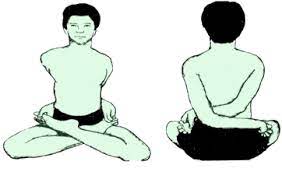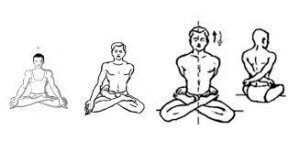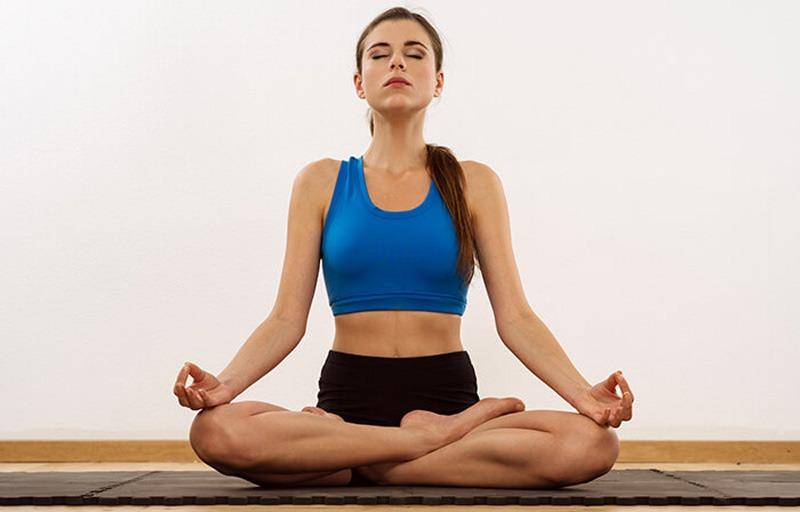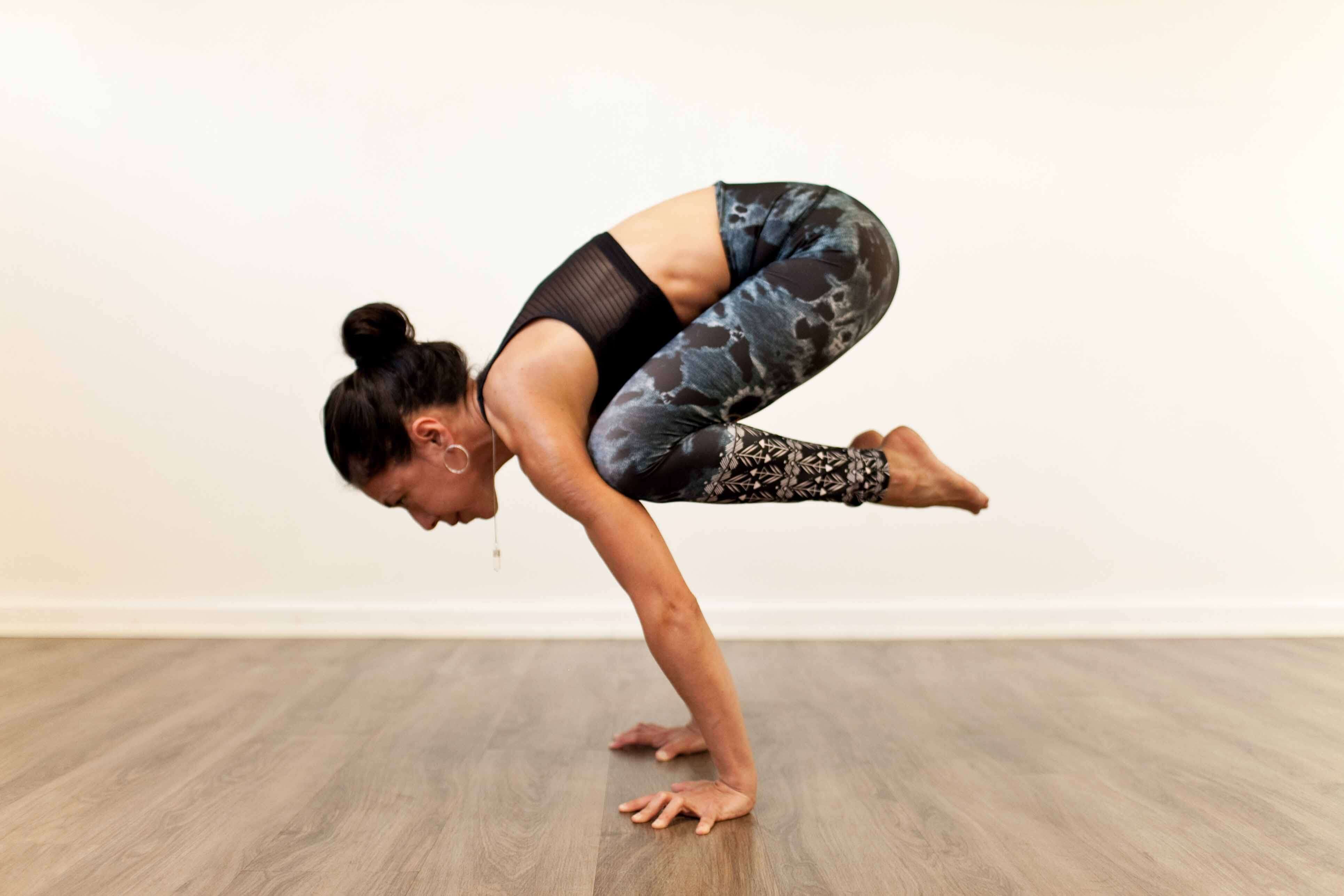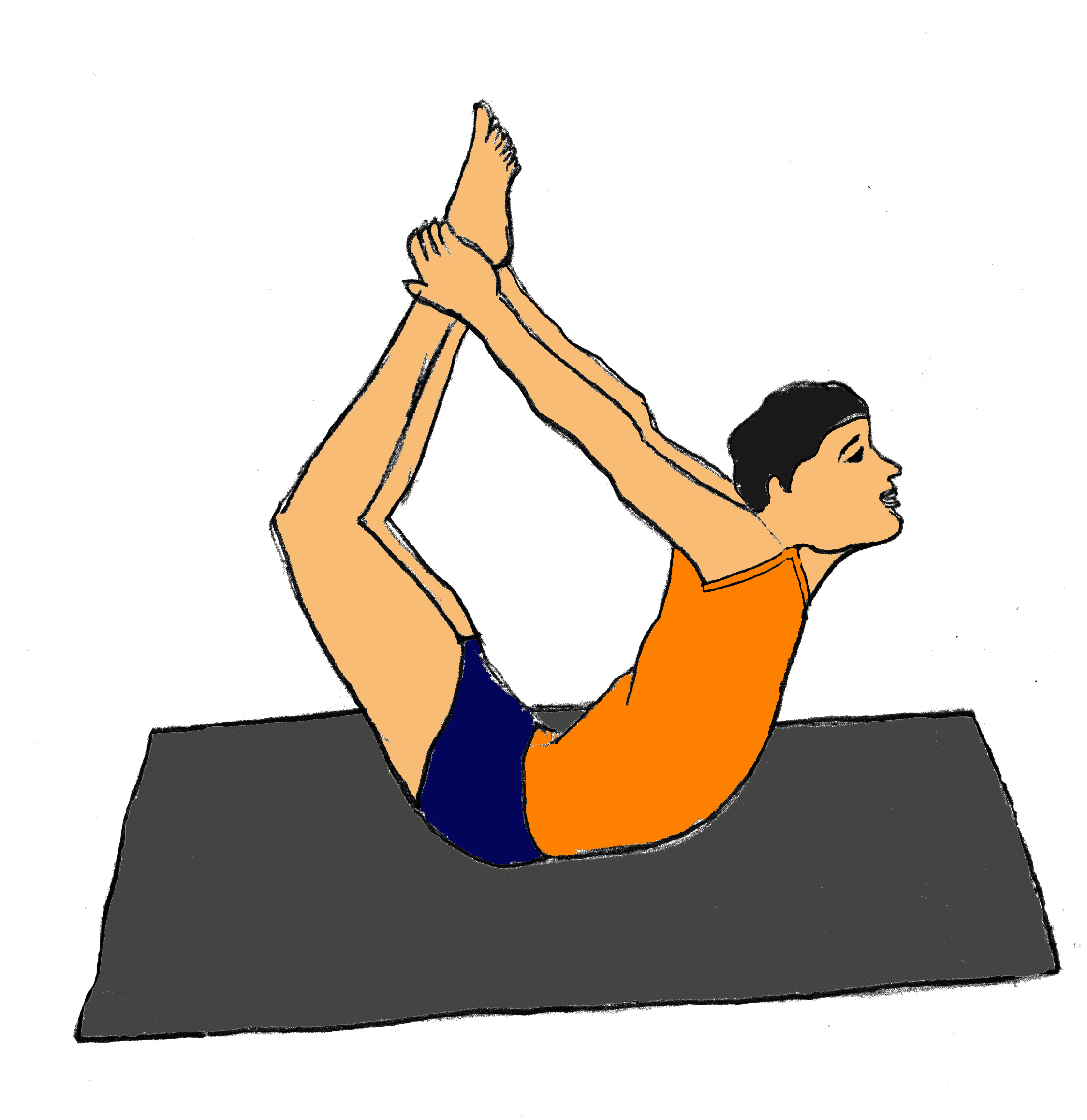Baddha Padmasana
Baddha Padmasana or the Locked Lotus Pose is one of the most important asanas that anyone can practice to achieve a healthy body and mind. The word “Baddha” denotes the idea of locked or bound in Sanskrit. The name indicates that while performing this asana, the practitioner is going to find that certain parts of his or her body is going to get locked up firmly. This can solidify the posture and lead to steadiness of the physical body. This asana is an advanced level of the Padmasana. Therefore people looking to practice this asana must first develop skills in Padmasana. If you are looking to learn Baddha Padmasana, it is going to take you a bit of practice to master it as you won’t be able to do it the first time.
Steps of Baddha Padmasana
Here are the main steps associated with Baddha Padmasana.
- Firstly, you need to sit in the Lotus Pose or Padmasana while keeping the feet close to your groin high on the thighs.
- Put the right arm behind your back and reach out so that the right hand is near the left hip.
- Bow your body’s upper portion a little forward and twist the trunk to the right side as you grasp your right toe thumb while you rest on your left thigh using your middle finger and index finger.
- Now sit straight and stay in that position for a couple of seconds.
- Similarly, put your left arm right behind your back and try to reach out so that the left hand gets near the right hip.
- Bend your body a little bit forward and twist the torso slightly to the left so that you can bring the shoulder blades together. Now try to touch the left tow thumb while you rest firmly on your right thigh using your middle finger and the forefinger.
- Now sit in a straight posture and stay in that way for a couple of seconds.
- Keep your legs and arms in a tightly locked position.
- During this phase you must keep your neck, head and spine perfectly straight.
- Keep your knees pressed on the ground.
- Keep looking straight forward as you breathing normally.
- This is the final position or posture associated with the Baddha Padmasana.
- Keep holding on this pose for around 10 seconds. If you want, you can stick to it for some more time if you are feeling comfortable doing so.
- Release your hands slowly and open your foot lock so that you can come back to your initial position.
- Finally, repeat the process with the other leg and hand.
Preparatory Poses
Before you start with the Baddha Padmasana, there are some poses that you need to perform. These include Sukhasana, Janu Sirsasana, Ardha Padmasana, Padmasana, Baddha Konasana, Gomukhasana and Matsyendrasana.
Follow up poses
The follow up poses that you should practice after doing Baddha Padmasana are Pashchimottanasana, Makarasana, Bhujangasana and Shavasana.
Tips for performing Baddha Padmasana
In case you find it difficult to properly hold on to your big toes, it is important that you be patient with yourself, adjust the shoulders and then try again. If you still find the asana challenging, try stretching your hands close to the toes as far as you can and continue in that position. Eventually this is going to be easier for you. In the meantime, keep practicing asanas like Gomukhasana to make this asana more convenient to perform.
Benefits of performing Baddha Padmasana
Here is a look at the various advantages of performing Baddha Padmasana.
- Baddha Padmasana is considered to be one of the most powerful asanas as it can help in stretching your thigh muscles, ankles, knees and hips. The extra pressure exerted on the muscles can ensure better flow of blood. The muscles can also have more nutrition and oxygen so that they become stronger. Performing this asana regularly can prevent injuries of the hip, knee, ankles and thigh muscles while performing exercises and other tasks.
- This is also one of the best asanas for boosting the digestive health. When you practice Baddha Padmasana regularly, it can negate the possibility of various digestive issues like constipation. The extra pressure that is exerted on the stomach and the intestines can produce hormones that improve digestive system functioning. It can also produce enzymes that ensure better digestion of food and absorption of nutrients.
- Baddha Padmasana can stimulate the sexual organs and enhance sexual performance. The enhanced blood flow in the sexual organs boosts their functioning. The asana also enhances the strength of the thigh, calf and hip muscles.
- The asana can stimulate the spine and help in the healing of back pains. This is why it is ideal for people who are suffering from perennial back pains. Since the asana helps in stretching of the spine, it boosts the flexibility of the spinal structure which can eradicate back pain.
- When this asana is practiced on a regular basis, it helps to reduce lower body fat accumulation. This helps in cultivating well toned abs.
- Baddha Padmasana can help in improving the cardiovascular health so that cardiovascular issues like stroke, heart attack, high cholesterol and other problems can be avoided. The asana puts significant pressure on the chest area and stimulates the chest muscles which can enhance blood circulation. This can help in avoiding the formation and accumulation of cholesterol and fat deposits in the body, thus keeping the heart healthy.
- Baddha Padmasana is also instrumental in bringing inner calmness and peace in the practitioner. It allows the flow of prana energy in the brain which can assist in introspective reflection and meditation. Thereby the asana can get rid of stress, anxiety and negative emotions from the body and reduce the chances of many psychosomatic conditions.
- It can boost the flexibility of the muscles in the arms and legs.
- The asana can work well for people who have sedentary lives. Therefore it is good for people who are looking to lose weight.
- The asana is ideal for women who are looking to reduce their postpartum belly fat.
- Through this asana, functioning of the liver, kidney, the intestines and pancreas can improve.
- The asana can activate the Kundalini energy is a person which can be good for anyone practicing Kundalini yoga and/or focusing in the attainment of spiritual goals.
Precautions and contraindications associated with Baddha Padmasana
Pregnant women and those who are suffering from sciatica pain should not perform Baddha Padmasana. This specific asana is also contraindicated for those who are facing problems due to lower back ailments, shoulder injury or some related disorder, or a knee injury. If you are not sure whether you should perform this asana or not, consult with a doctor and/or a yoga teacher/master.
As you start to master this specific asana, you will find that you have a better health and state of mind with lasting results. So make sure that your include Baddha Padmasana in your everyday yogic routine.
References
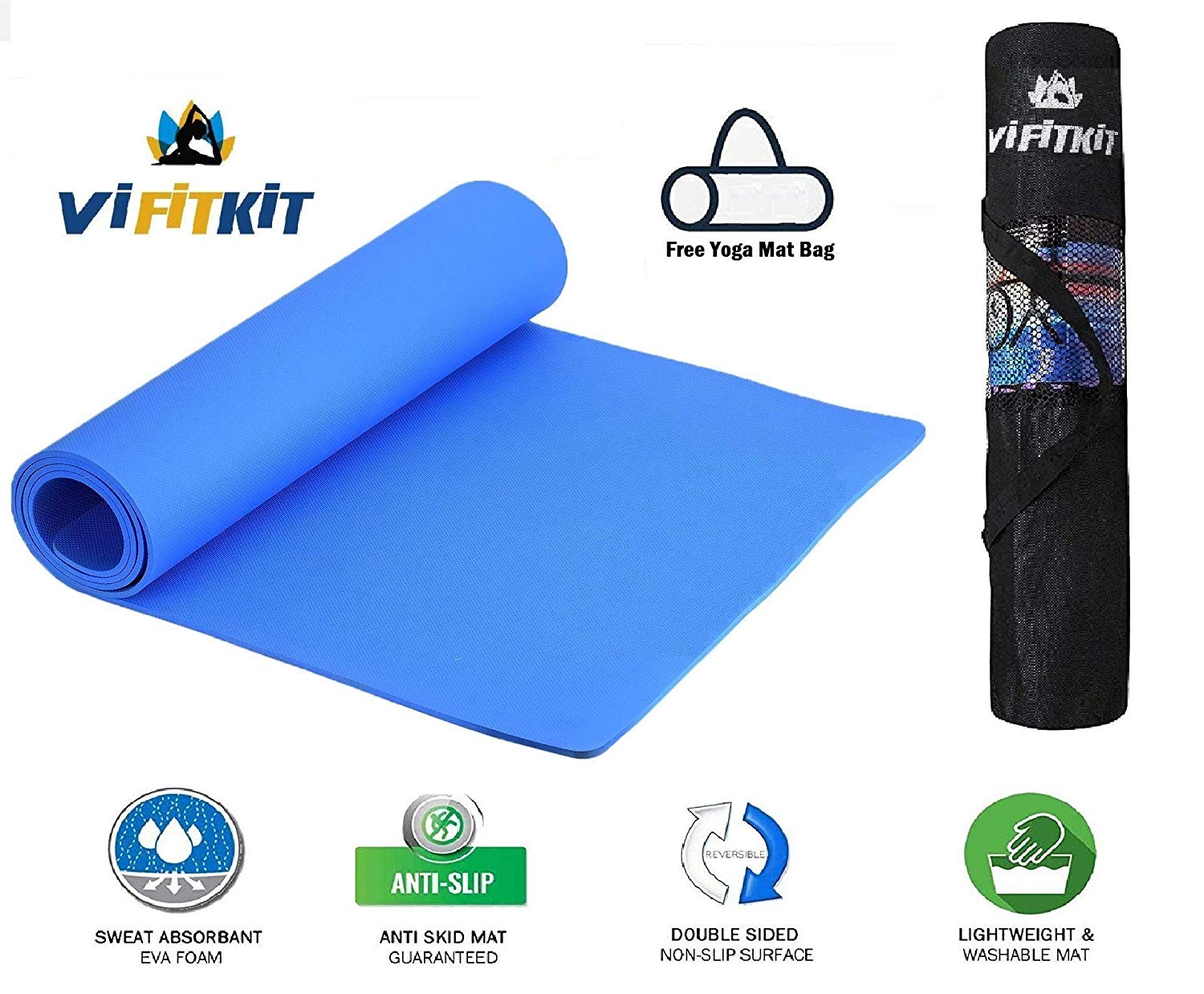
VI FITKIT Yoga Mat Anti Skid EVA Yoga mat with Bag for Gym Workout and Flooring Exercise Long Size Yoga Mat for Men and Women (Color - Blue)
Price: Rs 399.00 FREE Delivery. Details
About The Product
- With high density foam material, The thick ( 3 mm thick ) premium mat with comfort cushion spine, hips, knees and elbows on hard floors. This makes it a perfect size for both men & women.
- SWEAT RESISTANT AND WASHABLE YOGA MAT - Next time don’t stress when you sweat while doing yoga. The yoga mat is completely sweat resistant and has a Moisture resistant Technology which makes the mat easily washable with soap and water.
- This Yoga Mat is designed to give you the most comfortable yoga experience possible. The extra thick mat protects joints without compromising support or stability
- DURABLE & ECO FRIENDLY YOGA MAT - The EVA material is extremely durable and eco friendly. It lasts upto 5 times more than a regular plasticky mat! The material is biodegradable and free from PVC, silicon, latex and other toxic materials. We believe in creating quality and Eco friendly products for our customers!
- Care Tips: Do not place in washing machine or dryer, Please clean before and after using, clean regularly and keep it dry for healthy using.
